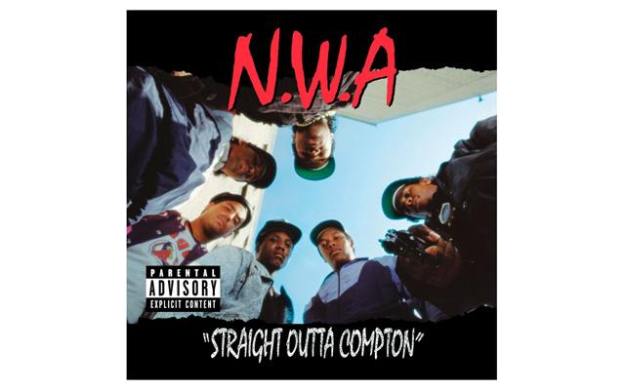 For this week’s classes, we return to Jeff Chang’s Cant Stop/ Won’t Stop and Amos Wilson’s Black on Black Violence to look at the West Coast to see the rise of Gangsta Rap, Los Angeles, and the back story of N.W.A., Ice-T, and Ice Cube.
For this week’s classes, we return to Jeff Chang’s Cant Stop/ Won’t Stop and Amos Wilson’s Black on Black Violence to look at the West Coast to see the rise of Gangsta Rap, Los Angeles, and the back story of N.W.A., Ice-T, and Ice Cube.
For Monday 4/28, read the following:
A large part of the story here (as the post’s title suggests) is the shift toward West Coast artists, the sound they create, and their narrative style.
Listen to Toddy Tee’s “Batterram” (1985), Ice-T’s “Six in the Morning”, the World Class Wreckin’ Cru’s “Mission Possible” (from Rapped in Romance, Epic Records, 1986) and N.W.A.’s “Fuck Tha’ Police”, “Parental Discretion Iz Advised, and “Straight Outta’ Compton” from the 1988 Straight Outta’ Compton album (1988) Ruthless Records. If you’re listening on Spotify or elsewhere, be sure to watch the “Straight Outta’ Compton” video.
For Wednesday 4/24, read Chapter 15, “The Real Enemy” in Can’t Stop. This chapter shifts to Ice Cube, who splits from N.W.A. Also review/ re-read the chapter in Amos Wilson on “Self- Alienation.”
Also watch the following clip from the 1991 film Boyz N’ the Hood, which Ice Cube starred in as a gangbanger.
Finally I handed out the assignment for the one paper we’re doing this semester (PDF Download). If you missed class or lost yours, here it is. Also, you can download my lecture slides for the 2 classes on Tupac as PDF files. The one for Juice is here and the one for the 4/23 class with the 2 chapters of the Dyson book is here. There’s some overlap in them.
Optional: I’ve uploaded an interview Black Feminist cultural critic bell hooks did with Ice Cube for her Outlaw Culture book to the Readings page. Not officially assigned, but worth a look if you’re interested, particularly given the various feminist readings and critiques of hip hop. For more on early LA hip hop history, Davey D’s post on this on his blog is worth a read. He goes into more depth on KDAY radio than we could in class.
I’m also linking (again) VH-1’s excellent documentary of the convergence of crack and hip hop A Planet Rock.
